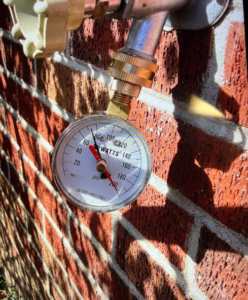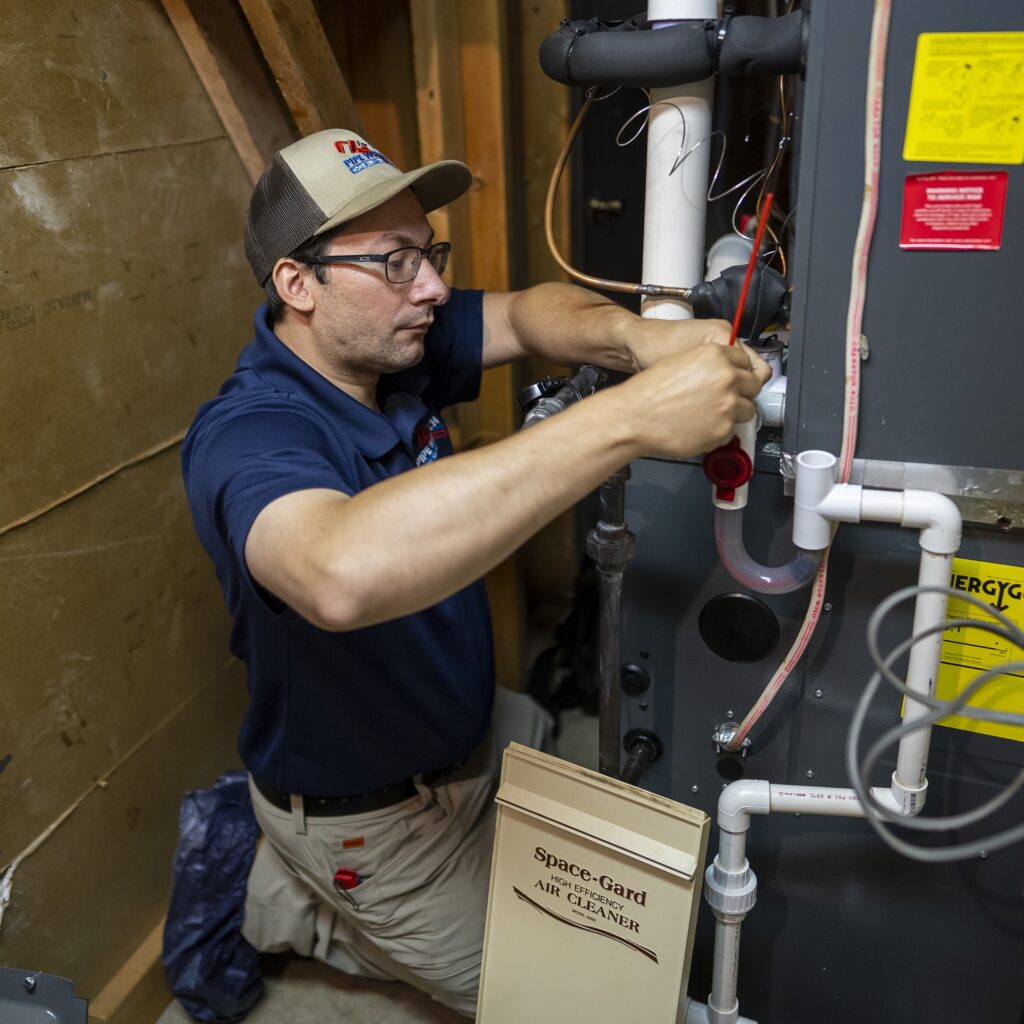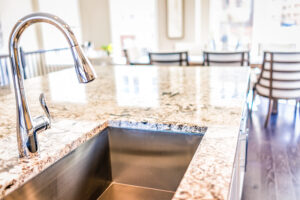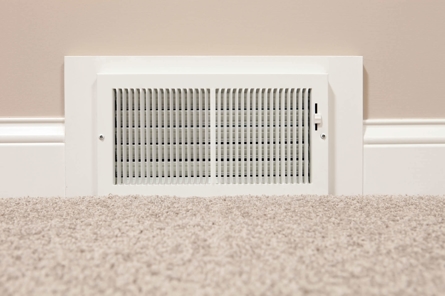
Our Blog
You Are Our #1 Priority
Locally Owned & Operated
We are proud to continue our decades-long tradition of serving our neighbors throughout the area.
Female Led
Our exceptional leadership focuses on customer service and reliable results for all your plumbing and HVAC needs.
Trusted Plumbing & HVAC Expertise
As active members of Nexstar Network, our team receives cutting-edge training in the latest industry practices.
Same-Day Service Guaranteed
Don’t wait until tomorrow. With our same-day service, we’ll be there when you need us.
Finest Products & Materials Available in the Industry
We deliver unmatched craftsmanship and products for solutions you can depend on for years to come.
Commitment to Community
As a proud member of the Knoxville community, we are invested in the comfort and well-being of our residential and commercial neighbors.






